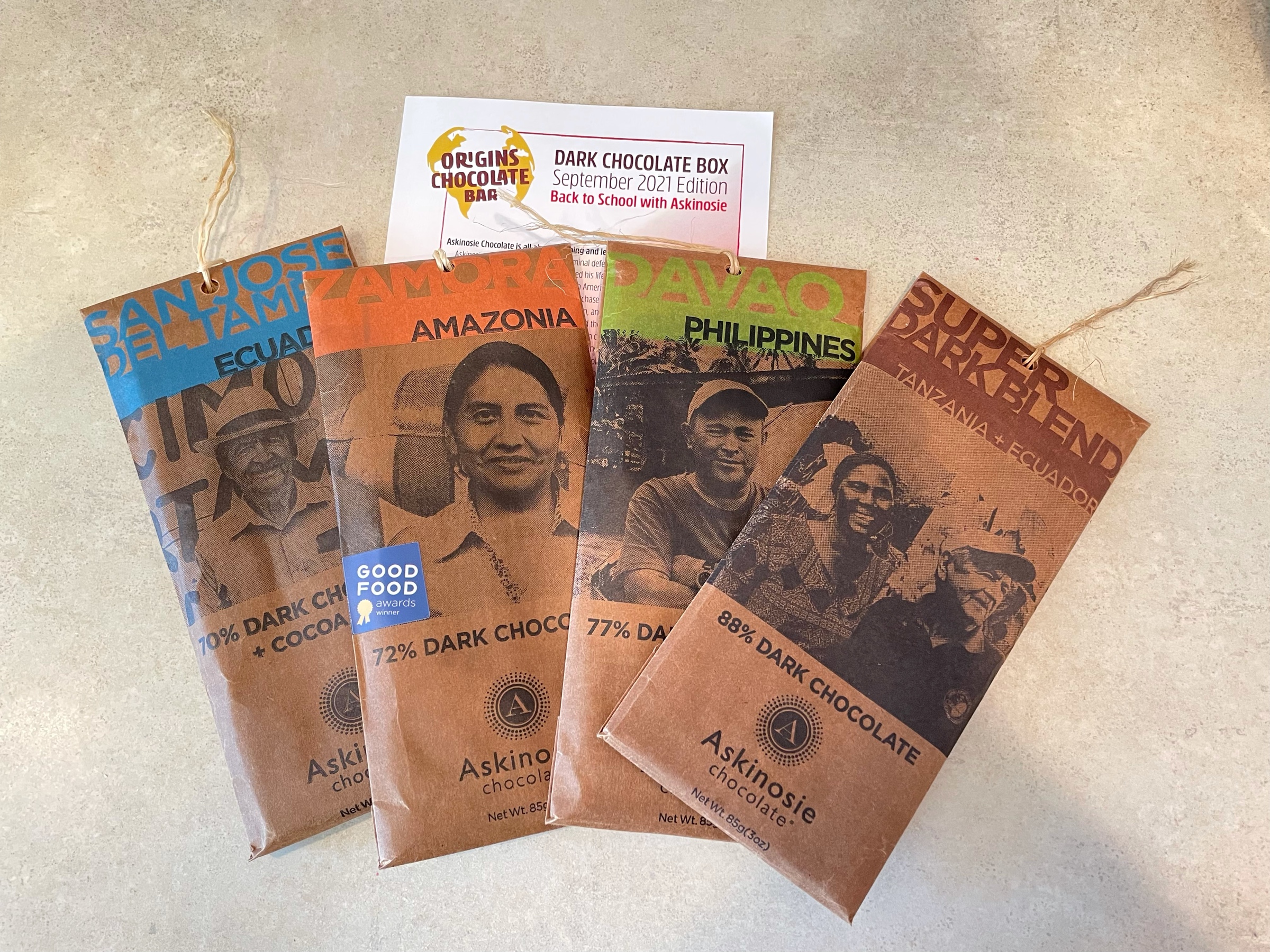Ok it might be time to once again write some Delta Green scenario! It’s been years since I did that though!
The Stochastic Game
Woot! It’s an all-Askinosie selection for this month’s Origins Chocolate Bar subscription box! Wonderful!

I think someone should make a #ttrpg review blog/channel that reviews books based on their smell…
Home made peach-melba lunch while reading some new book arrivals…

Watched Rogue One yesterday (with the kids!) and that last scene with Darth Vader? It still fucking rules, and is still the best fucking Darth Vader scene in the entire movie franchise.
Me after every single #TTRPG session: “OK, I’ve got ONE WEEK to come up with explanations for all the shit I badly improvised during yesterday’s session. Also, what was the name of that important NPC I invented?”
Speaking of Steve Jackson Games, the Girl Genius RPG preview PDF is out! http://www.warehouse23.com
Congrats to Steve Jackson Games on reaching a hundred GURPS titles available as print-on-demand! The print quality is, well, POD quality, but that still beats “out-of-print”.
http://www.sjgames.com/
The Harn “Kingdom of Melderyn” hardcover Kickstarter is live! https://www.kickstarter.com/
Haha I love this thing: “Nestflix”, a fake Netflix for movies that only exist inside other movies: https://nestflix.fun
